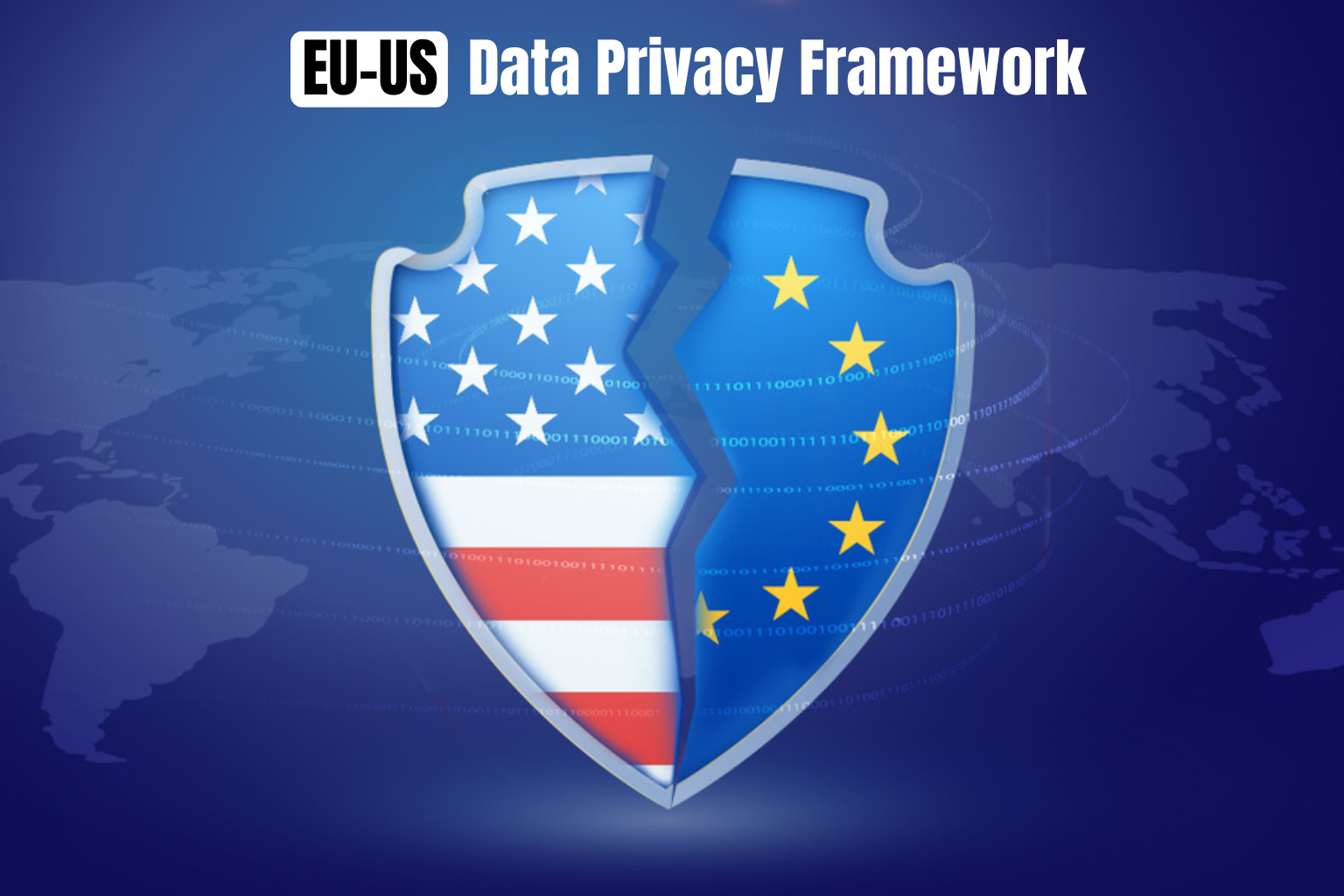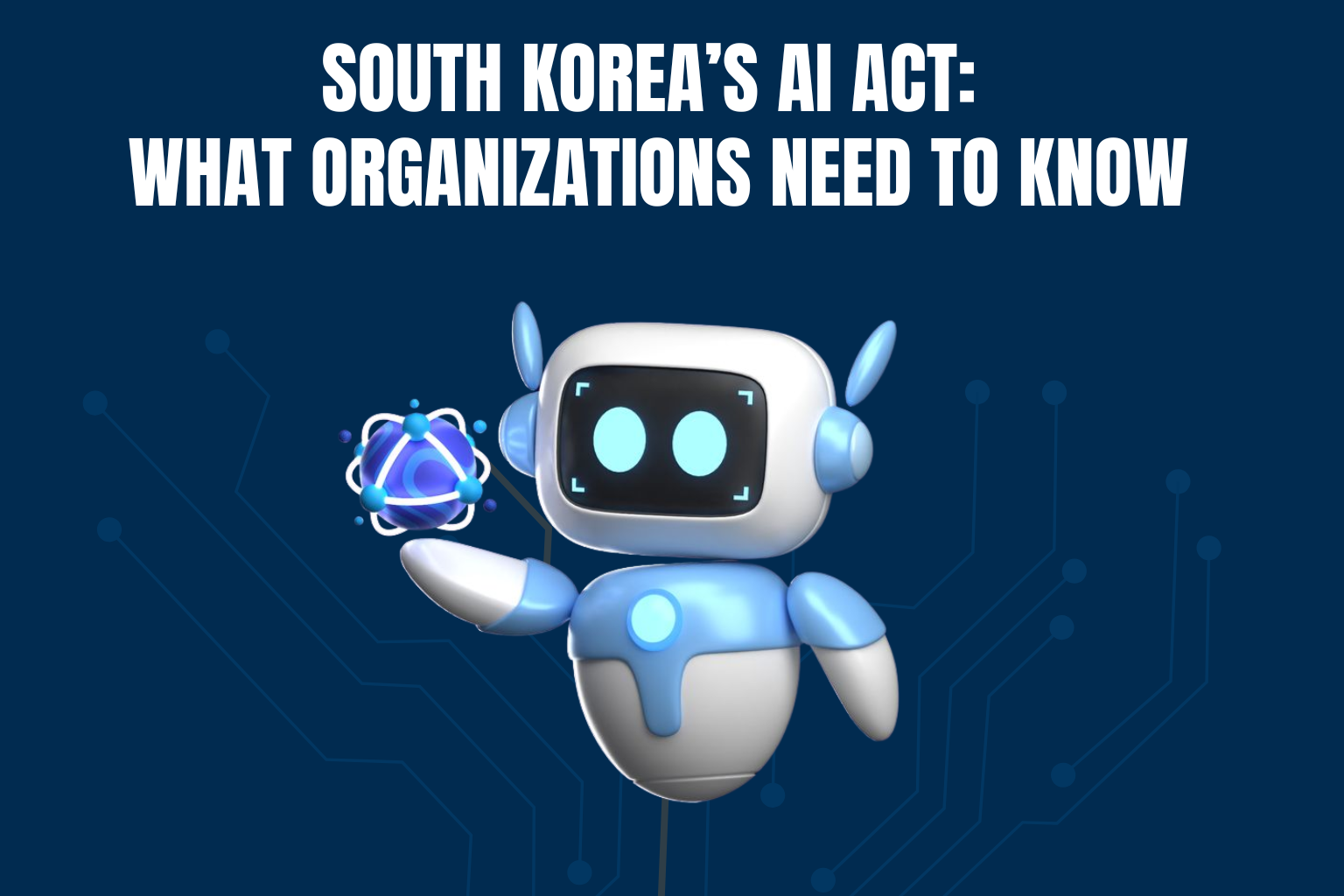
EU-US Data Privacy Framework: Building a Resilient Bridge for Transatlantic Data Trust
In the global marketplace of trust, data is the currency everyone trades, but regulators are the ones who validate its authenticity. On both sides of the Atlantic, authorities have been fine-tuning a framework to make transatlantic data flows not only possible but dependable. That framework is the EU-US Data Privacy Framework (DPF) – not a meal for critics, but a contract for trust. At Redacto, we view this as more than legal scaffolding; it’s a benchmark in the architecture of accountability.
A brief history of failed bridges
The journey began with Safe Harbor in 2000, which promised to carry data smoothly across the ocean. But by 2015, the European Court of Justice struck it down, finding that the bridge was structurally unsound. Next came Privacy Shield in 2016, fortified with clearer obligations, only to collapse in 2020 when the same court ruled it insufficient against U.S. surveillance powers.
The new structure: EU-US Data Privacy Framework
The DPF isn’t just another patched bridge; it’s an engineered rebuild. It introduces two critical reinforcements:
- Executive Order 14086 – limiting U.S. intelligence access to non-U.S. data.
- Redress Mechanism – giving EU citizens enforceable rights to challenge misuse.
The constant disruptor: Max Schrems
At the center of each collapse has been one persistent critic – Max Schrems – whose cases against Meta set off the legal dominoes that ended both Safe Harbor and Privacy Shield. His challenges serve as a reminder that frameworks must be resilient to scrutiny, not just compliant on paper.
What it means in practice
For users, the DPF is reassurance that their personal data is treated with parity on both sides of the ocean. For businesses, it streamlines compliance, reducing reliance on complex Standard Contractual Clauses (SCCs) or Binding Corporate Rules (BCRs). Crucially, it comes with seven core principles: notice, choice, accountability for onward transfer, security, data integrity and purpose limitation, access, and enforcement. These aren’t decorative commitments – they are operational standards that businesses must embed into daily practice.
The seal of approval
On July 10, 2023, the European Commission adopted an adequacy decision for the DPF. In practical terms, this means EU-to-US data transfers are legally protected again. For businesses, it unlocks smoother global operations. For individuals, it’s assurance that their data rights remain enforceable across borders.
Looking forward
The DPF is not the end of a saga but the start of a new chapter. Frameworks will continue to evolve, and so will the demands of privacy advocates, courts, and regulators. The real test lies in implementation: whether businesses can operationalize principles, prove compliance with evidence, and sustain trust over time.
Conclusion
The EU-US Data Privacy Framework is more than an adequacy decision; it represents a renewed commitment to transatlantic trust. By addressing long-standing gaps in surveillance safeguards and creating enforceable redress mechanisms, the framework gives businesses a predictable compliance path and individuals meaningful protection of their rights. For organizations, the challenge is no longer whether data can flow across borders but whether compliance can withstand scrutiny. At Redacto, we help transform compliance from a checkbox exercise into a continuous, evidence-backed practice that builds resilience and trust at scale.
FAQs
1. Why did the previous frameworks fail?
Safe Harbor and Privacy Shield were invalidated by the European Court of Justice because they did not adequately protect EU citizens’ data against U.S. surveillance practices. The DPF introduces stronger safeguards and redress rights to address these gaps.
2. How does the DPF improve compliance for businesses?
By certifying under the DPF, U.S. organizations gain an approved pathway for data transfers without relying solely on complex contractual safeguards. This reduces legal uncertainty and operational complexity for cross-border compliance.
3. What rights do EU citizens gain under the DPF?
EU citizens can challenge misuse of their data through an independent redress mechanism and have stronger guarantees that U.S. intelligence access to their data will be limited and proportionate.
4. How does Redacto support organizations with the DPF?
Redacto provides governance tools that help organizations:
- Track and manage cross-border data flows.
- Automate compliance with DPF principles.
- Generate audit-ready reports to prove accountability to regulators.
5. Is the DPF permanent, or could it be challenged again?
Like its predecessors, the DPF could face legal challenges, especially from privacy advocates. Its durability depends on how well organizations and regulators implement and uphold its safeguards. Businesses must remain agile and prepared for changes.




%20Redacto%20logo_New.png)



.jpg)

.jpg)

